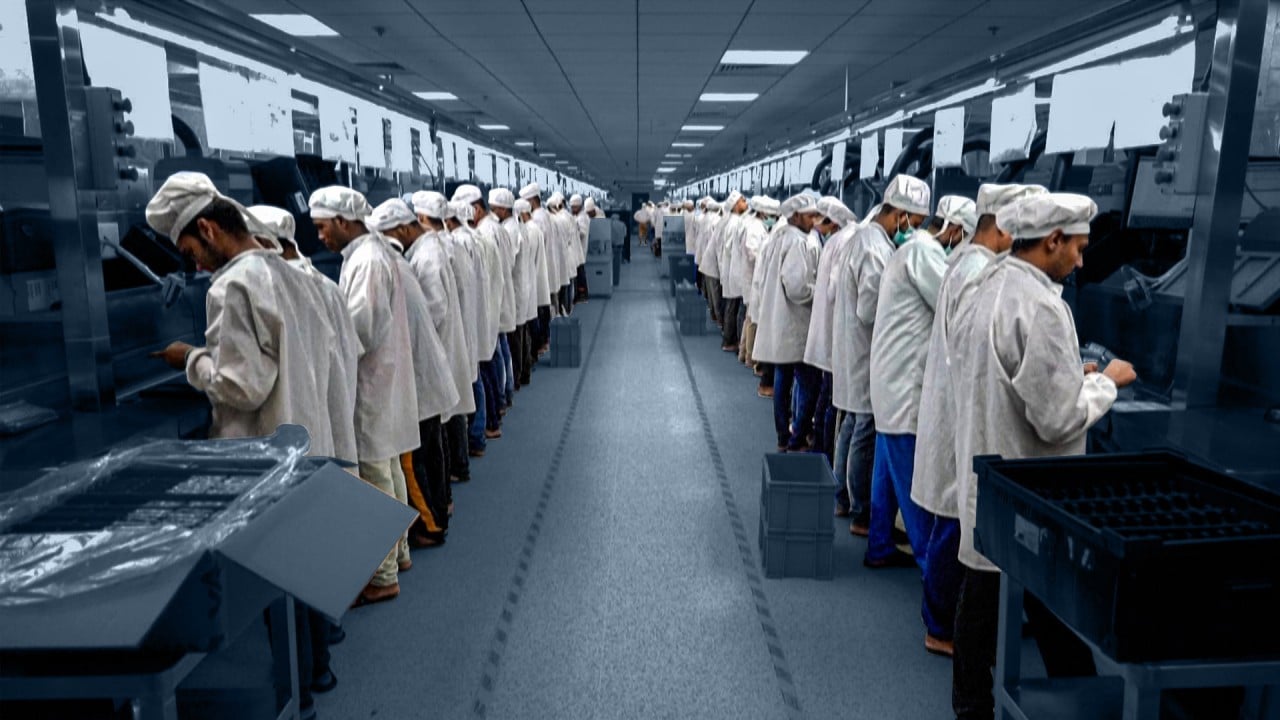
参考消息网9月5日报道香港《南华早报》网站8月18日刊发题为《忘记主宰世界吧,印度不会很快赶上中国》的文章,作者为美国布鲁金斯学会约翰·桑顿中国中心高级研究员、战略通路咨询公司首席执行官杜大伟。全文摘编如下:
去年,印度总理纳伦德拉·莫迪在庆祝印度从英国统治下获得独立75周年之际,呼吁印度“主宰世界”。
他的“改革、执行、转型”口号包含着远大的梦想。他可能梦想着1870年之前的光辉岁月——当时印度和中国是世界上最强大的两个经济体。
但梦想并不能制订计划。莫迪上台以来推动印度跻身世界最强大经济体之列的计划,在很大程度上仍然只是计划。
美国哈佛大学教授格雷厄姆·艾利森最近在《外交政策》上发表的一篇文章中提醒我们,大约十年前,新加坡开国总理李光耀曾说过,印度永远赶不上中国,将永远是“未来之国”。李光耀说,“不要把印度和中国混为一谈”——这是在向某些人提出反对意见,他们认为印度正在追击中国并为印度加油打气,希望印度能够遏制中国的崛起。
公平地说,在经历了几十年的停滞和失望之后,莫迪政府的经济表现值得尊敬。自2014年以来,印度的国内生产总值平均每年增长约6%,去年更是达到9.1%——在新冠疫情和世界许多地区经济衰退的动荡形势下,印度的表现令人印象深刻。
但是,印度要想摆脱过去的经济桎梏,还需要进行广泛的结构性改革。这些桎梏包括种姓制度的束缚,官僚主义的摩擦,难以逾越的税收规则,仍难以根除的对地方商业巨头的保护,以及高于世界绝大多数国家的进口关税。
任何一个从如此低的基础上崛起的国家都必须认识到,要实现李光耀眼中那种与中国平起平坐的目标还需要几十年的时间,而这并不是什么可耻的事情。
高盛集团上个月预测,到2075年,中国将成为世界上最大的经济体,而印度将超过美国。
哥伦比亚大学经济学家阿尔温德·帕纳加里亚也有类似预测。他最近在《时代》杂志上计算,如果到本世纪40年代印度的实际国内生产总值每年增长8%,之后增长5%,而美国继续保持平均每年增长2%,那么印度将在2073年超过美国。
这些如果都是很大的假设,即使对那些敢于预测半个世纪后情况的人来说也是如此。而大量数据表明,印度将走出一条更为平淡的发展轨迹。
印度需要连续多年优异的经济增长才能开始在经济重要性上与中国相匹敌,而任何奇迹般的想法或者“中国+1”的投资战略都不可能加快这一进程。
21世纪可能不是印度的世纪,但几乎可以肯定是亚洲的世纪。华盛顿需要接受这一点,也许新德里也需要接受这一点。
- Even the most India-positive forecasts expect it to spend half a century to overtake the US economically, to take second place behind China
- India’s policymakers should focus instead on opening up their economy and recognising that it can still be a huge driver in the global economy
His “reform, perform, transform” mantra involves dreaming big. He was possibly dreaming of those halcyon days up to 1870 when India and China counted as the world’s two largest and most powerful economies.
But a dream does not make a plan. And in the nine years since Modi came to power, his plans to propel India to the top table of the world’s most powerful economies remain largely that – plans.
To be fair to Modi, his government’s economic performance is respectable after decades of stagnation and disappointment. India’s gross domestic product has grown by about 6 per cent every year on average since 2014, reaching an all-time high of 9.1 per cent last year – impressive in light of the upheavals of the Covid-19 pandemic and recession in many parts of the world.

Columbia University’s Arvind Panagariya has similar projections, calculating recently in Time magazine that if India’s real GDP grew at 8 per cent a year into the 2040s and 5 per cent after that, and if the US continues to grow on average by 2 per cent a year, India would overtake the US in 2073.
These are big “ifs”, even for those brave enough to make forecasts a half-century away. And huge bodies of data point India towards a more humdrum trajectory. According to Allison in Foreign Policy, back in 2000, China and India had economies worth less than US$2 trillion each. It took China five years to pass the mark and India 14 years. Last year, India’s economy was worth US$3.4 trillion – a fraction of China’s US$18.3 trillion.
Also, many other important economic indicators remain problematic. India accounted for about 1 per cent of global manufacturing in 2000, compared with 7 per cent for China. By last year, India’s share had grown to 3 per cent against China’s 31 per cent. In 2000, India accounted for just 1 per cent of the world’s exports, and China 2 per cent. By last year, China accounted for 15 per cent of global exports against India’s share of 2 per cent.

Allison reminds us that China produces twice as many STEM-qualified (in science, technology, engineering and mathematics) graduates as India, spends almost three times the percentage of its GDP on research and development, and produces 65 per cent of the world’s artificial intelligence patents (vs India’s 3 per cent).
As Bloomberg noted in April: “India is far behind China in key aspects important for manufacturing that include infrastructure, bureaucracy, attention to detail and even a sense of urgency.”
They have ignored the withdrawals of companies like the Royal Bank of Scotland, Harley-Davidson and Citibank, and the many other companies with plans on hold. They have tended to celebrate the deliberate obstacles to prospective investment in China, even where China is a natural partner and the benefit of collaboration is huge.
Rather than harbouring dreams of dominating the world, India’s policymakers would benefit us all by opening up their economy and recognising that even if India does not surpass China, it can still be a huge driver in the global economy. China and India together account for one third of the world’s population, one third of the global consumer class, and a quarter of all consumer spending in purchasing power parity terms.
The 21st century may not be India’s century, but it is almost certainly Asia’s. Washington needs to come to terms with that, and perhaps New Delhi does too.
David Dodwell is CEO of the trade policy and international relations consultancy Strategic Access, focused on developments and challenges facing the Asia-Pacific over the past four decades.





